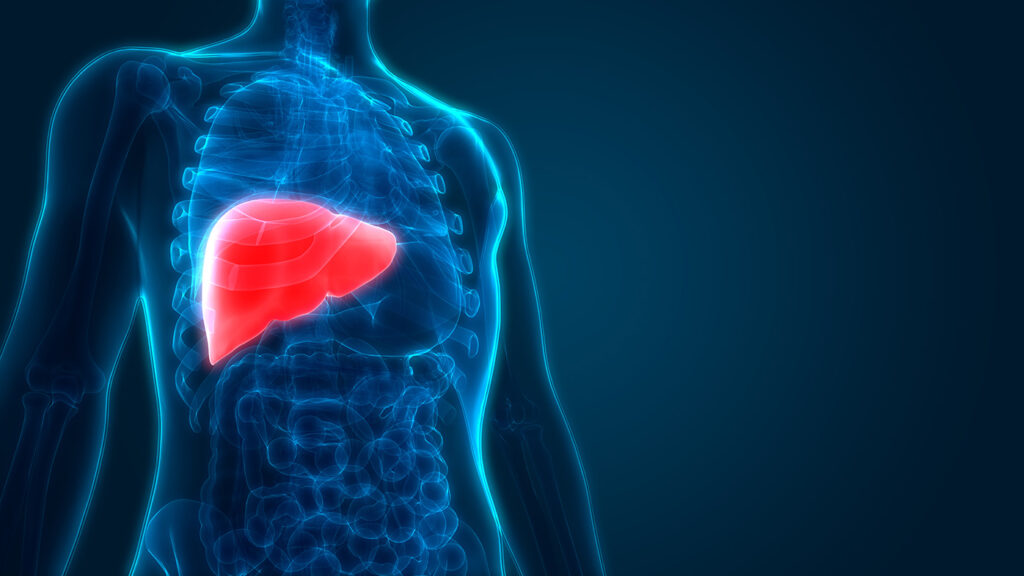LSECs are individual endothelial cells of the liver that are highly specialized but are not homologous to lymphatic endothelial cells. Despite this, they share several similarities with lymphatic cells, including minimal basement membranes and loosely organized cell junctions. Furthermore, they express the same complement of receptors, including the liver/lymph node-specific ICAM3-grabbing nonintegrin.
They Release Endocrine Signals
Liver sinusoidal endothelial cells play an essential role in nutrient and oxygen delivery and transmitting signals to other hepatic cell types. These cells also play a vital role in liver zonation, maintaining the quiescence of hepatic stellate cells and coordinating paracrine cell behavior. They undergo morphological and functional changes and release endocrine signals. The role of sinusoidal endothelial cells in liver diseases is not well understood, but therapeutic strategies targeting endocrine signaling are currently being evaluated.
Although sinusoidal endothelial cells (ECs) have been extensively studied in the liver, little is known about their role in other organs. Recent transcriptomic analyses have revealed a molecular similarity between sinusoidal endothelial cells in the liver and bone marrow. The liver sinusoidal EC has similar molecular structures to the bone marrow microvasculature, which comprises distinct vessel types and contributes to bone formation and the maintenance of HSPCs. Other organs that harbor sinusoidal endothelial cells include the spleen, lymphoid tissues, and endocrine organs.
They Inhibit T Cell
Sinusoidal endothelial cells are a vital component of the liver’s immune system, acting as an important first barrier against antigens. This barrier allows the liver to suppress harmful immune responses to harmless antigens while simultaneously allowing it to destroy invading pathogens. In addition to being an essential part of the immune system, sinusoids also act as sites for transporting and eliminating soluble antigens. As a result, they are crucial players in determining the type of immune response to a given antigen.
Liver tissues contain many immune cells, including NK and NKT. These cells are critical regulators of antitumor and antiviral immune responses. In addition, liver immune cells act as a natural barrier for the liver against pathogens and viral infections and inhibit the growth of cancer cells. Therefore, it is essential to understand the role of these immune cells in liver diseases.
They Promote Fibrosis
Sinusoidal endothelial cells are cells that line the vascular bed of the liver. They receive blood from the hepatic artery and portal veins. Human hepatic sinusoidal endothelial cells have been isolated. They have unique functions, including recycling lipids and removing blood-borne proteins.
Liver sinusoids are connected to the intestinal tract through portal circulation and function as the first line of defense against extrahepatic stimuli. These sinusoids also contain hepatic stellate cells, specialized cells that store vitamin A and regulate sinusoidal blood flow. In chronic hepatitis, HSCs are implicated in developing liver fibrosis associated with inflammation. However, the exact role of HSCs in liver fibrosis remains unknown.
LSECs play a pivotal role in regulating leukocyte recruitment, an essential step in the progression of viral infections and liver injury. A balance between the immune subsets in the liver plays a critical role in the outcome of both acute and chronic hepatitis.
They Prevent Liver Injury After a Significant Hepatectomy
Liver sinusoidal endothelial cell (LSEC) repopulation is crucial to liver injury healing. These cells are recruited to the liver by inflammatory cells and play a critical role in liver remodeling. In particular, activated Kupffer cells secrete interleukin-6, which induces the expression of multiple genes and promotes the proliferation of remnant hepatocytes. Liver fibrogenesis is often associated with a corresponding emergence of LPCs. Liver fibrogenesis may therefore serve as a niche for proliferating LPCs.
Hepatocytes express cytochrome P450s, a family of enzymes metabolizing alcohol and hepatic toxins. This process results in the production of highly reactive free radicals, including HGF. This is beneficial for liver regeneration, as HGF promotes hepatocyte proliferation. Moreover, LSECs secrete Wnt2, which induces the regeneration of liver cells. LSECs also produce a protein called Sema3e, a cell-based signaling molecule that causes the contraction and activation of HSCs.
LSECs Are Narrow
Narrow endothelial cells (LSECs) in the liver regulate the immune response to viral infections. Their interactions with various viral proteins have been implicated in viral uptake and hepatocyte infection. Several studies have shown that LSECs are essential mediators in preventing viral infections.
LSECs play a critical role in regulating leukocyte recruitment, an essential step in the progression of hepatic injury and infection. The balance between the different immune subsets within the liver determines the severity and outcome of injury.
LSECs regulate leukocyte recruitment through a complex adhesion cascade. This recruitment is mediated by a type of molecule known as vascular cell adhesion molecule 1 (VCAM-1) on leukocytes. This molecule mediates the firm adhesion of lymphocytes to LSECs. Lymphocyte recruitment is also dependent on the expression of specific chemokines.





More Stories
How Drinking Water Improves Your Overall Wellbeing
Background Checks in Healthcare: What They Mean for Your Business
Growth-friendly surgeries in kids with severe scoliosis